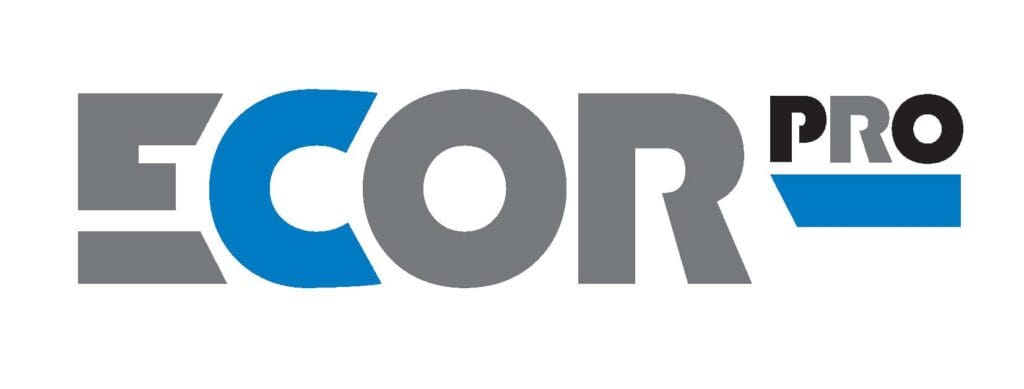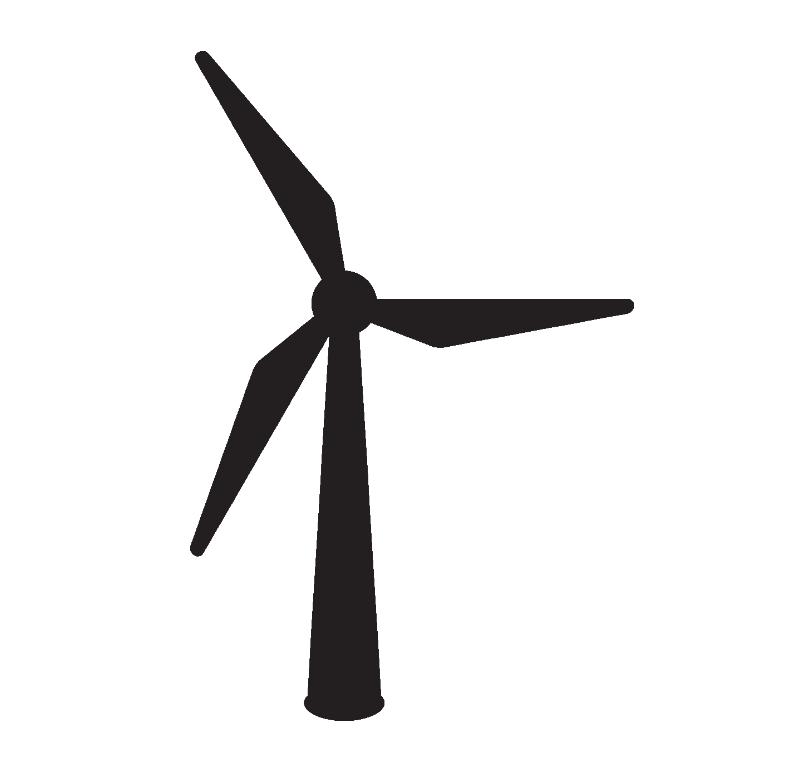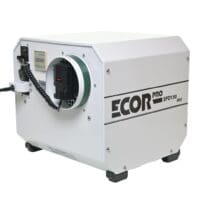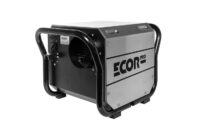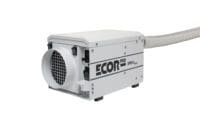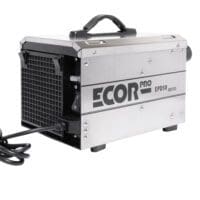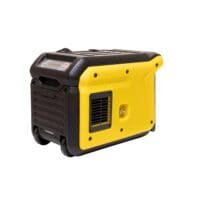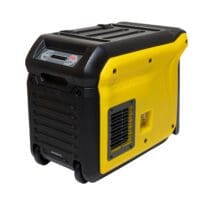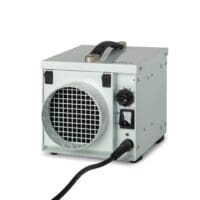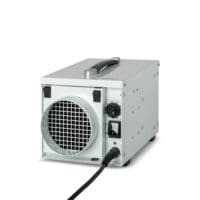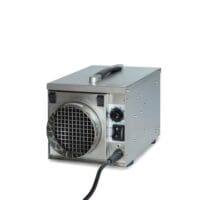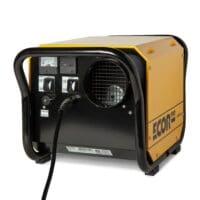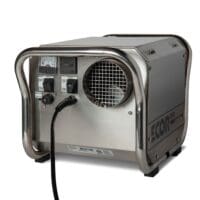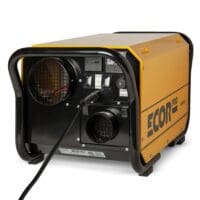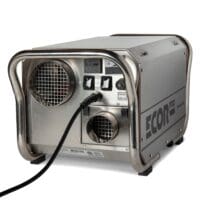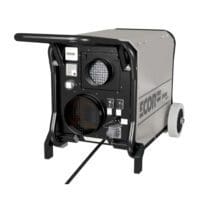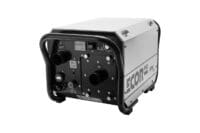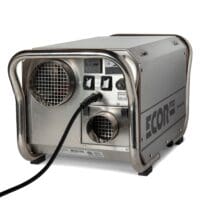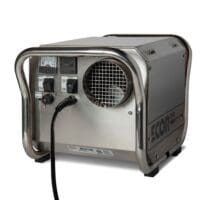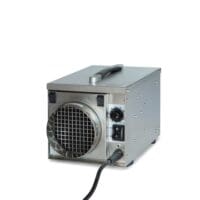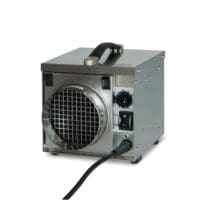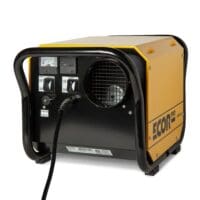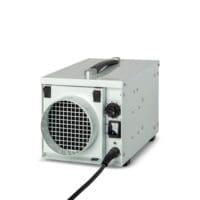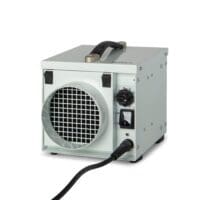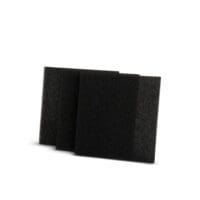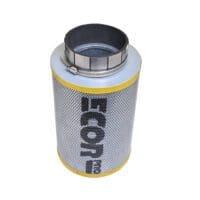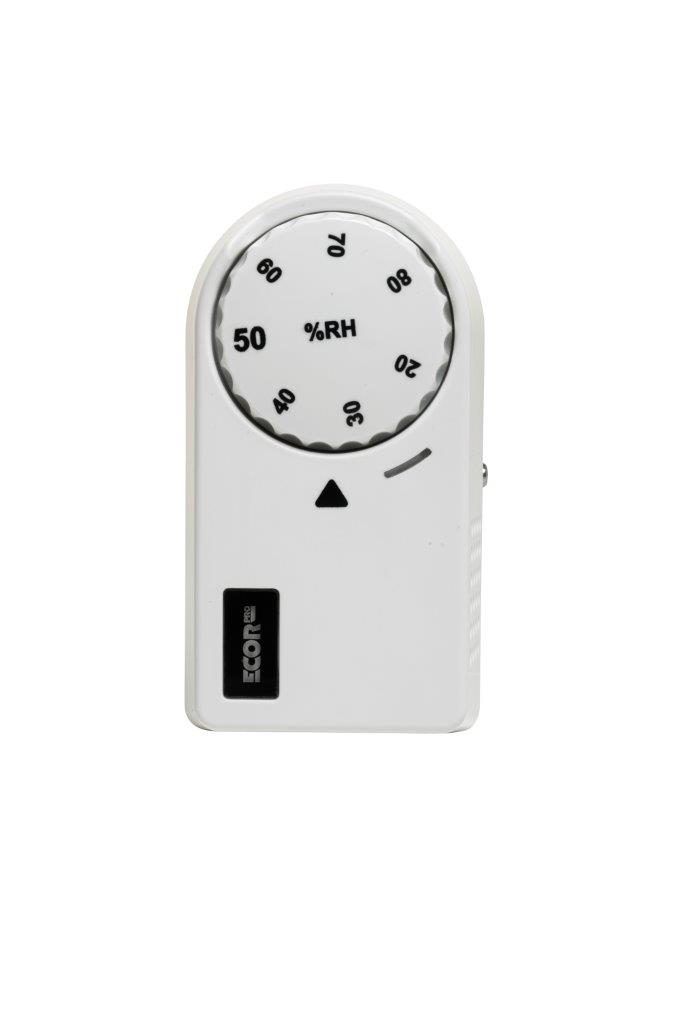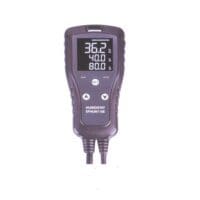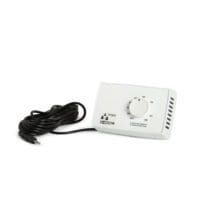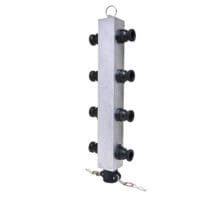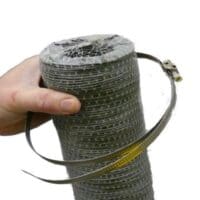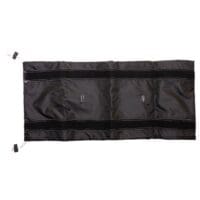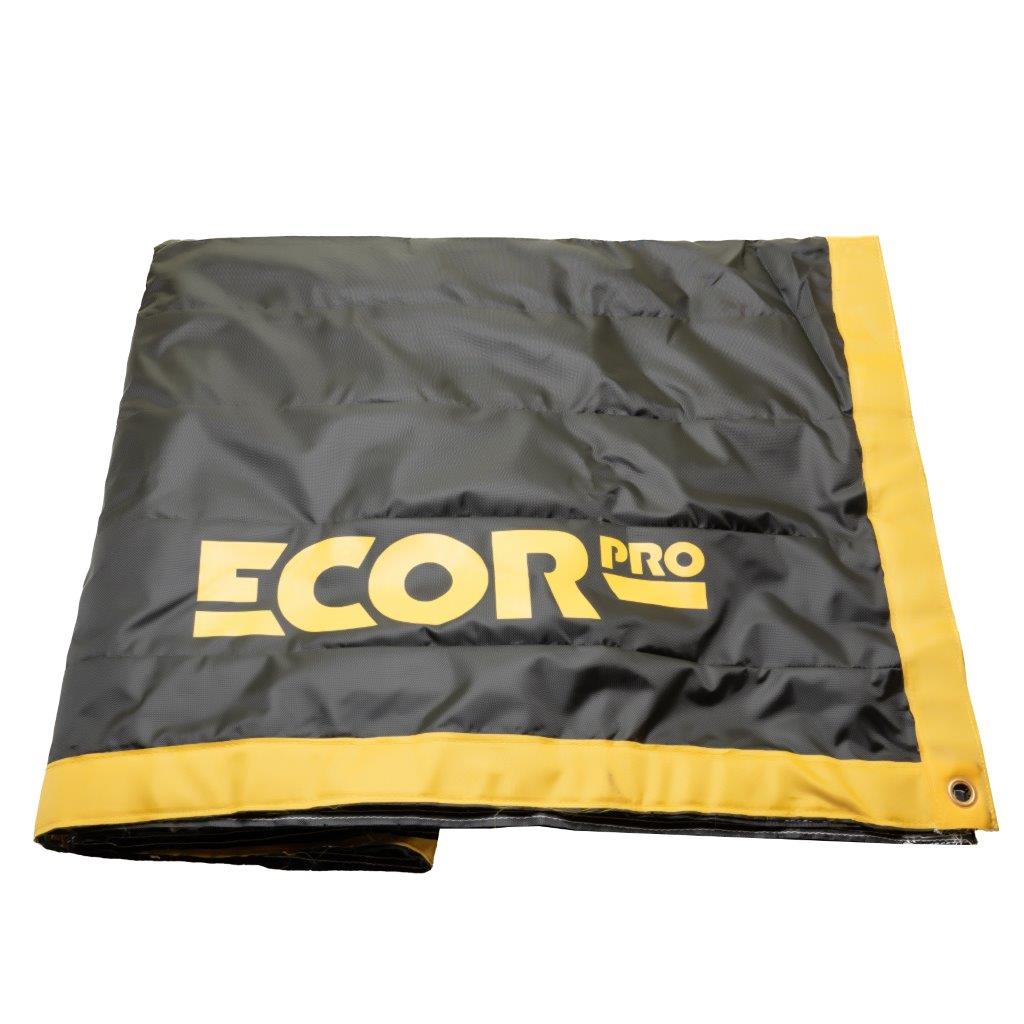If there’s one room in every house that tends to get hot and steamy and impossible to keep free of condensation, it’s the bathroom.
Step out of the shower and you will inevitably see dampness on the walls and windows, while the once-white ceiling will quickly show mould spots if you don’t take action.
Most modern bathrooms have extractor fans built in, but while they can help to extract the warm, humid air caused by our daily ablutions, they are nowhere near as effective at removing moisture as a dehumidifier.
Mould and mildew that grows on the dampness caused by warm, moisture-laden air condensing on a cold surface – and bathrooms can be cool when not in use – can pose a threat to health if not dealt with, so it’s important to tackle this issue.
Walls, ceilings and the grouting between tiles are all especially susceptible to mould as they tend to be particularly cold surfaces.
Leaving a window open while showering is the best dehumidifier of all, but it’s not an attractive option in the middle of winter. Wiping down damp surfaces after your bath or shower will also help, but excess moisture in the air will soon settle on the nearest cooler surface.
Extractor fans are designed to move air from the inside of the bathroom to the outside, but it’s not always possible to install a fan in a bathroom.
Even if a fan can be fitted, its efficiency will be limited by a number of factors, including its size relative to the room’s volume, and it will never be able to get rid of all the moist air. A fan simply cannot remove humidity from the air.
The other problem with a fan is that once the warm air has condensed and turned back into water on a cool surface, the fan has no chance of removing it from the room, however hard it tries.
The answer is to focus not on moving damp air around but on removing the moisture from that air – and that needs a dehumidifier.
A dehumidifier will actively extract moisture from the room and will, over time, dry the walls and ceiling as well as removing dampness from the air. This makes it much more effective in a hot and steamy bathroom where the water vapour quickly turns back into water as it hits a cooler surface.
Ecor Pro’s small domestic dehumidifiers are not just effective but are also better for the environment than an electric fan. The technology they employ, together with the company’s innovative offsetting policy, means the Ecor Pro range has the smallest carbon footprint of any dehumidifier on the market.
Build quality is high, with Ecor Pro dehumidifiers designed to the exacting standards of the flood restoration industry. They can safely be left working all day or switched on and off as required.
There are many benefits of using an Ecor Pro desiccant dehumidifier, such as the DH1200/EPD50, rather than an older-style refrigerant model.
Crucially, a desiccant machine takes water from the air and vents it outside the house, rather than collecting it in the unit. There is no danger of a secondary flood being caused by forgetting to empty the container, accidentally knocking the dehumidifier over or because a pipe leaks.
They are also smaller, lighter and quieter than refrigerant dehumidifiers, easier to maintain, safer and more flexible; they can even be installed upside down and can safely be left running unattended 24 hours a day, seven days a week.
A dehumidifier is likely to cost more than an extractor fan, but for a properly dry, healthy, mould-free bathroom with less susceptibility to structural damage caused by dampness, it more than makes up for the extra cost in peace of mind.
